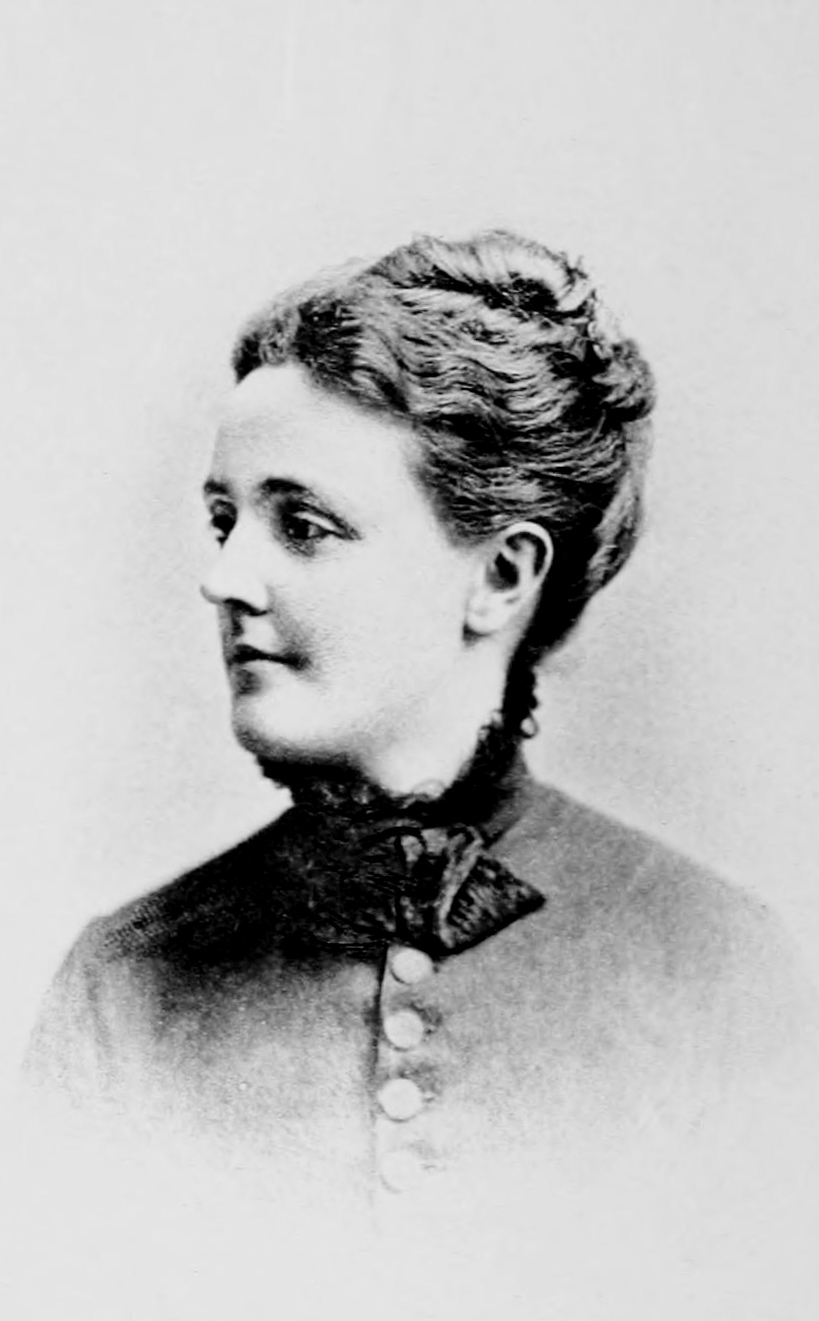29 Sarah Orne Jewett (1849 – 1909)
Amy Berke; Robert Bleil; and Jordan Cofer

Public Domain
Born in 1849 in the coastal town of South Berwick, Maine, Sarah Orne Jewett grew up accompanying her father, a doctor, on rounds across the rural countryside. She was educated at South Berwick Academy, graduating in 1866. In spite of obstacles she would have faced as a woman seeking a medical education in the nineteenth century, Jewett harbored ambitions of becoming a doctor herself, but ill health prevented her from moving forward with the plan. Instead, she continued to educate herself by reading widely in her father’s private library, eventually deciding upon a life of writing. She published a short story at age nineteen in The Atlantic Monthly, and her work was promoted by William Dean Howells, assistant editor at the magazine, who praised Jewett’s ability to capture the distinctive voice of ordinary people in the New England region. As her reputation grew, she regularly traveled to Boston, where she enjoyed the company of other writers. Jewett never married but later in life befriended the widow of James Thomas Fields, Howells’s predecessor at The Atlantic Monthly. Annie Adams Fields and Sarah Orne Jewett were companions for the rest of Jewett’s life. Jewett died in 1909 after a long illness.
Jewett’s most notable works are her novels and short stories that explore characters firmly rooted in the New England region, particularly A Country Doctor (1884); A White Heron (1886), a short story collection; and The Country of the Pointed Firs (1896). Jewett has been described as both a local colorist and a regionalist, and even as an early realist. The difficulty in labeling her work points to limits of categorizing literature using terms for distinct literary movements that developed at times parallel to one another and at other instances overlapped. Most literary critics, though, are comfortable describing Jewett’s work as representative of American Literary Regionalism. Similar to fellow New England writer Mary E. Wilkins Freeman’s fiction, Jewett’s work does exhibit features of Local Color the important sense of locale in terms of geography and landscape, as well as the speech patterns and customs of the inhabitants. However, beyond the particulars of place, these stories focus on characterization, particularly in ways that plot or action in the story is filtered through the consciousness of a central protagonist, most often a young girl or a woman. In Jewett’s work, as in Freeman’s, there is evidence of three dimensional characters who must work through an internal conflict, and this dimensional characterization predicts the kind of psychological complexity of character that becomes even more refined and sophisticated in works by Realistic writers such as Howells and James. Additionally, her work, with its focus on the lives of women and the limitations placed on them by the cultural and historical moment, predicts an early feminist realism. In one of her most important short stories, A White Heron, Sylvy’s internal conflict whether or not to give away the location of the heron’s nest to the handsome male stranger forms the basis of the plot of the story. Sylvy’s allegiance is challenged, then, in terms of whether she will protect the wild bird or please the young man. However, Sylvy must also decide a larger issue than whether she will be loyal to the bird or the ornithologist (and all each represents symbolically). She must determine who she is and whether she can be loyal to this new sense of self.

